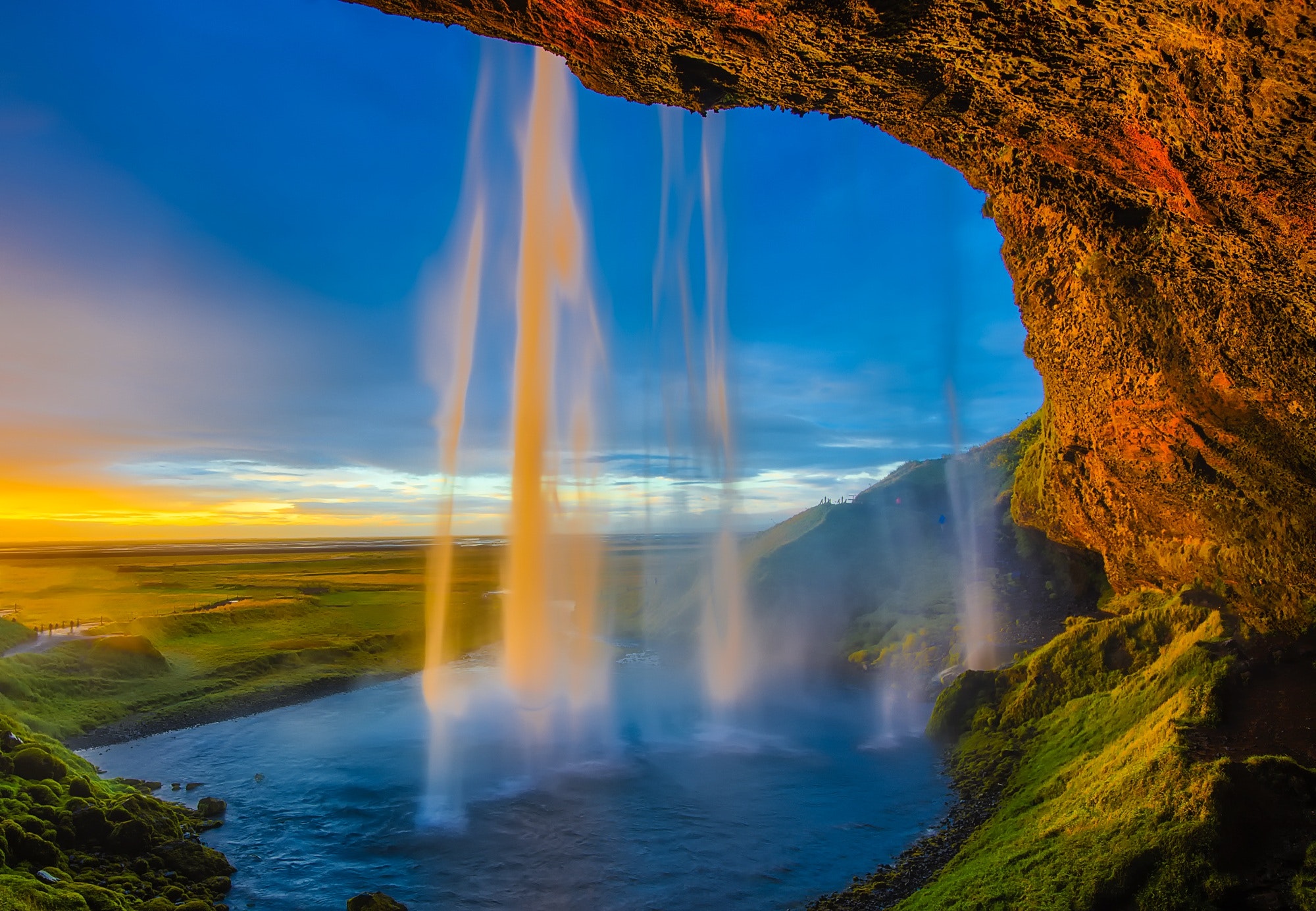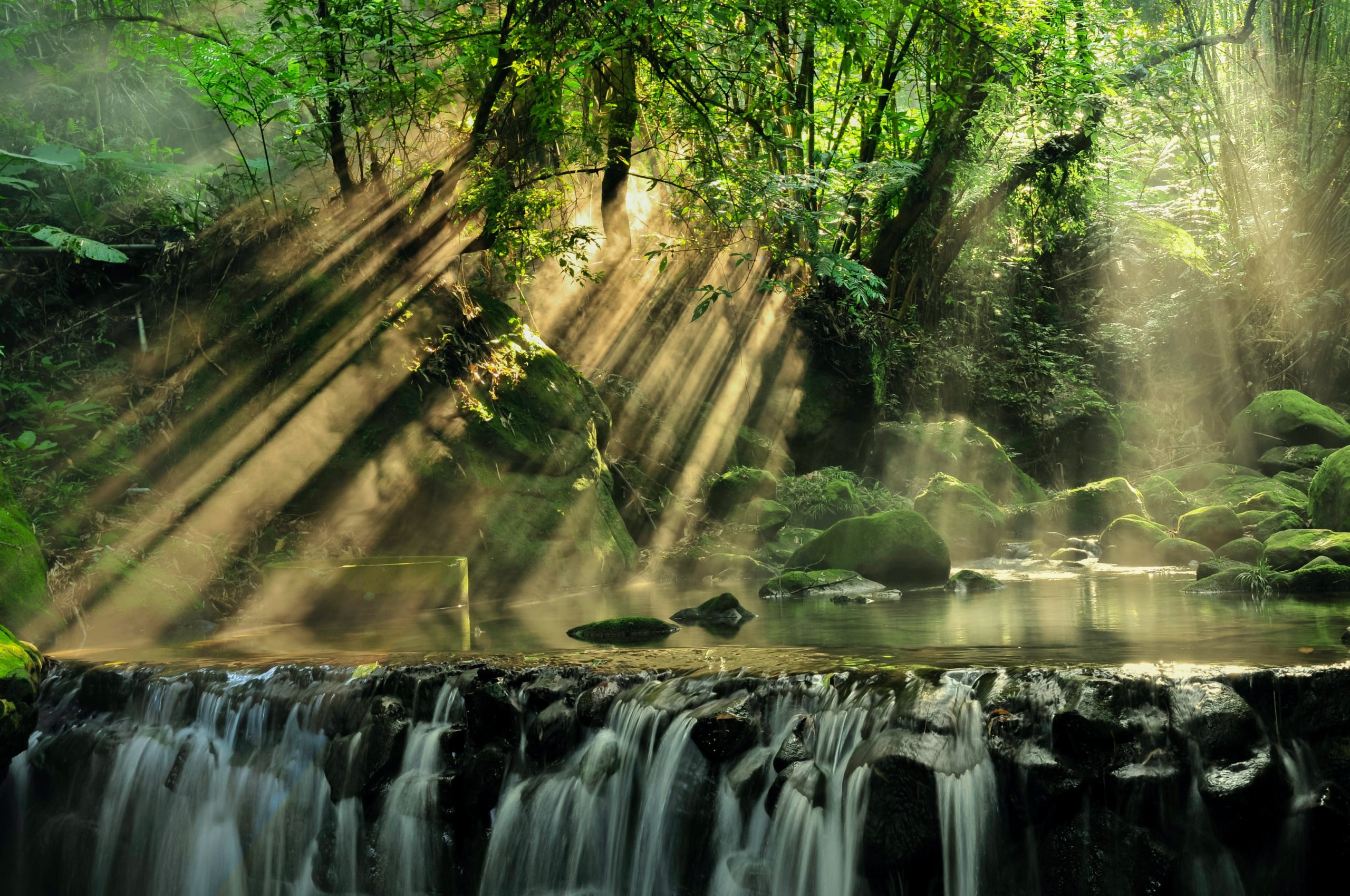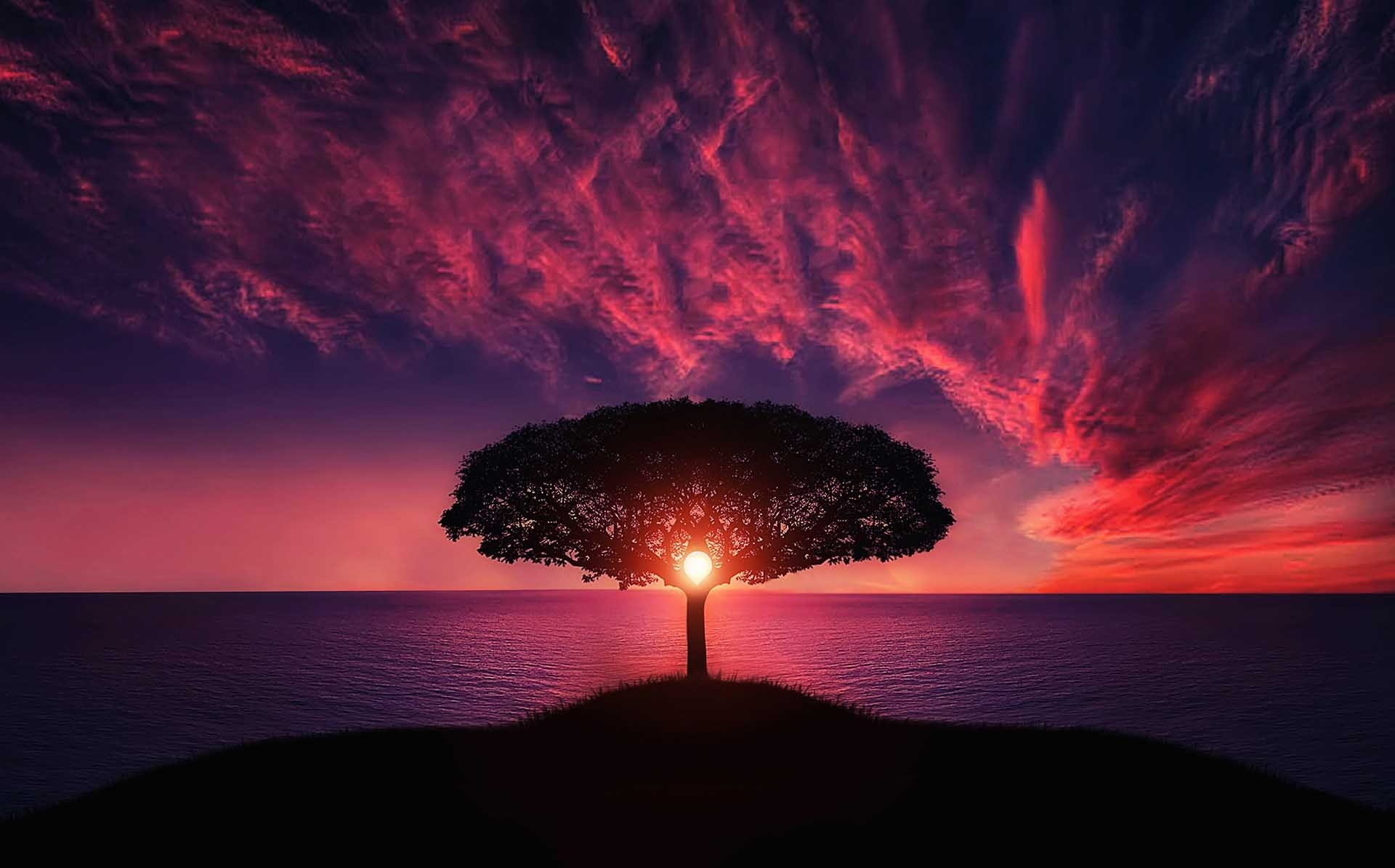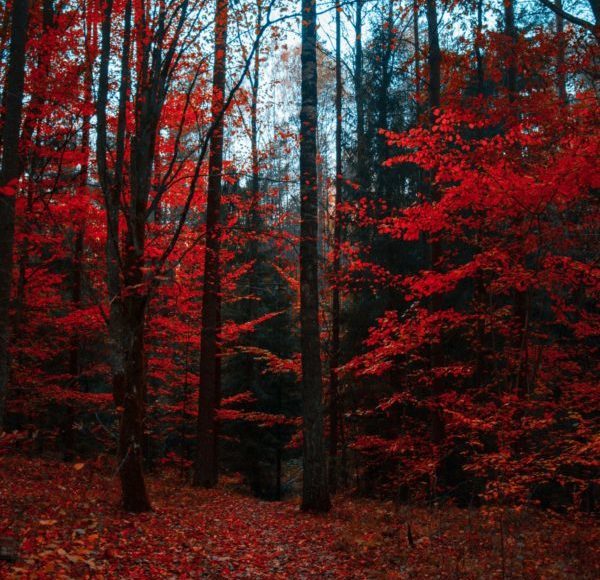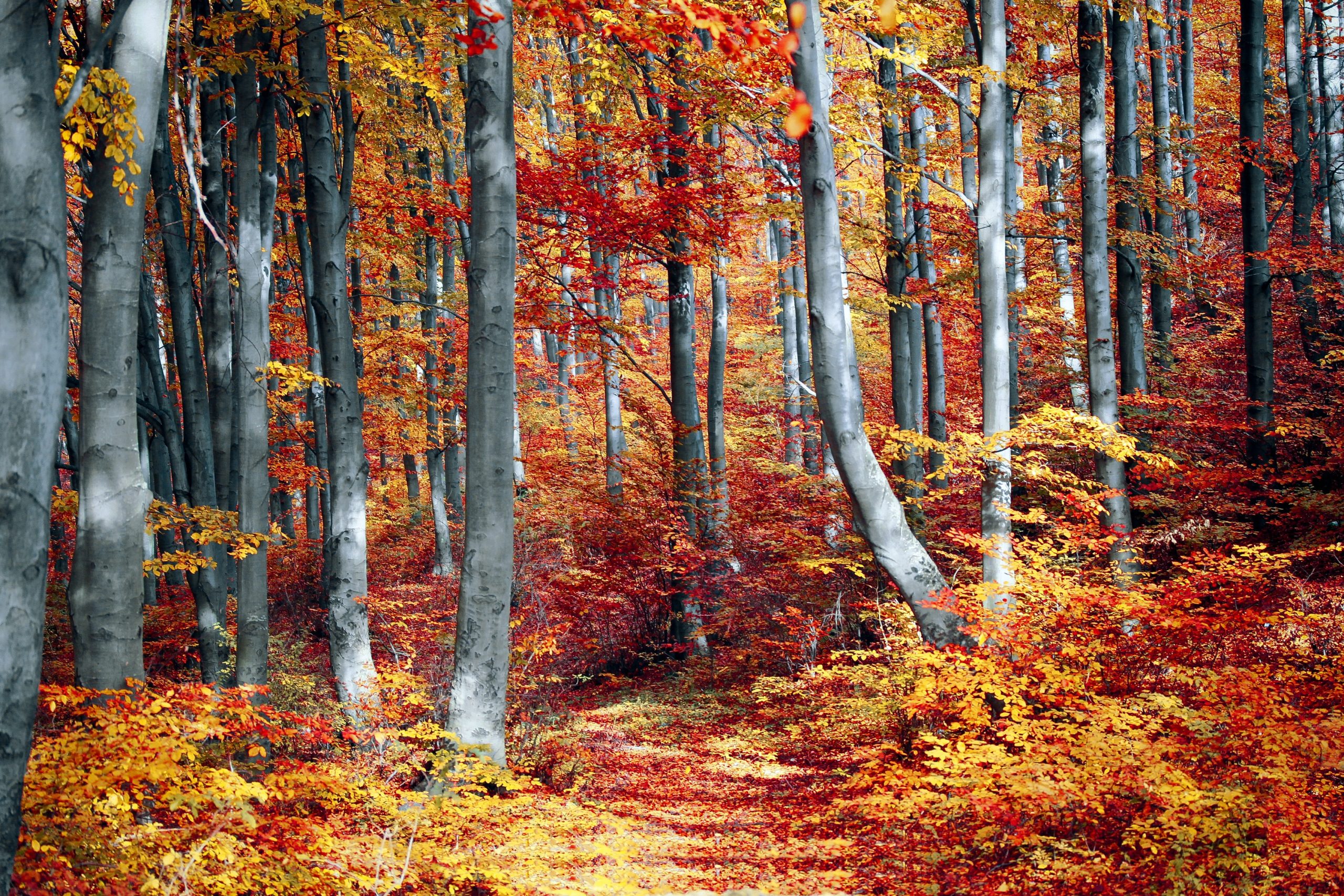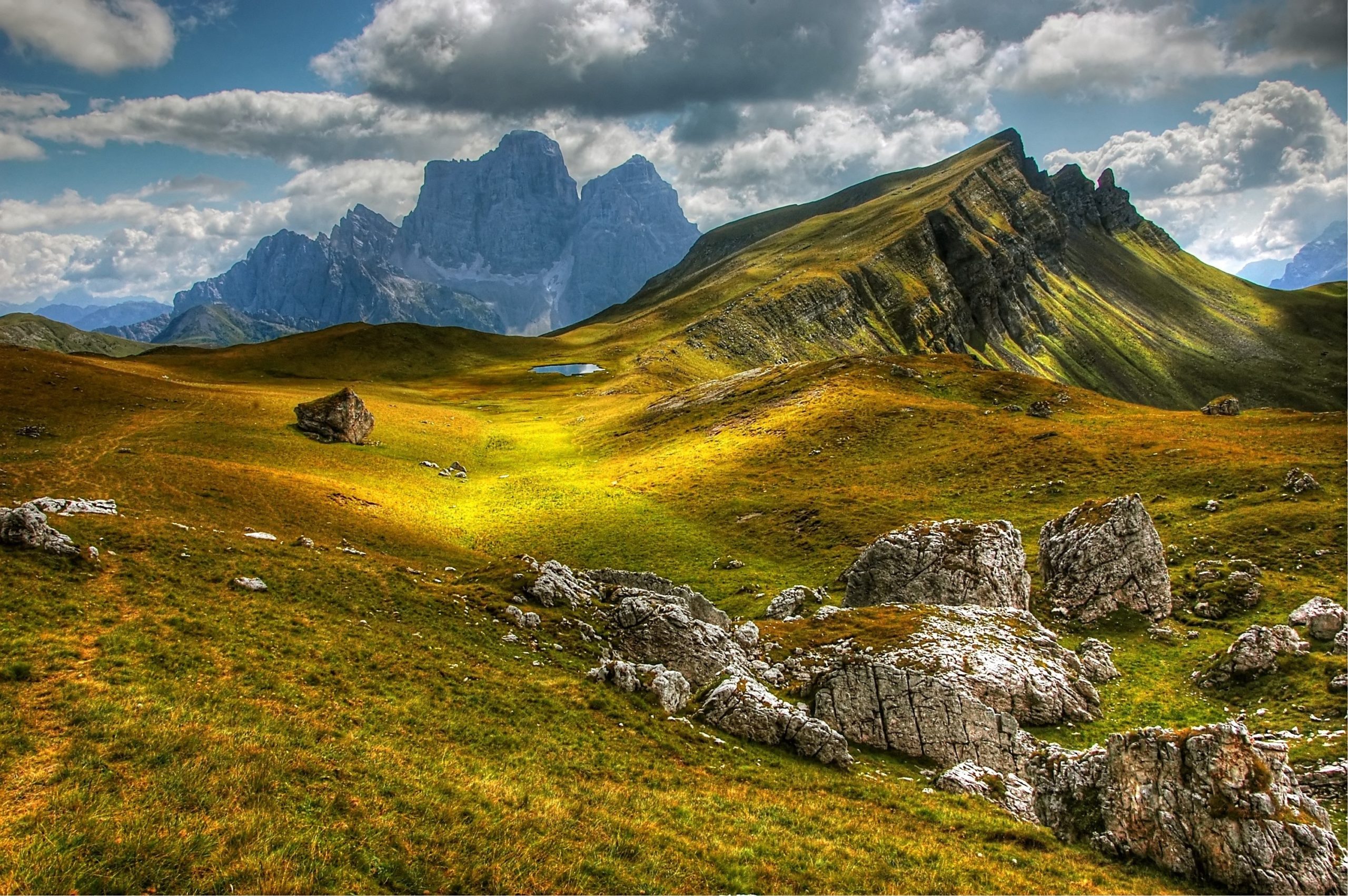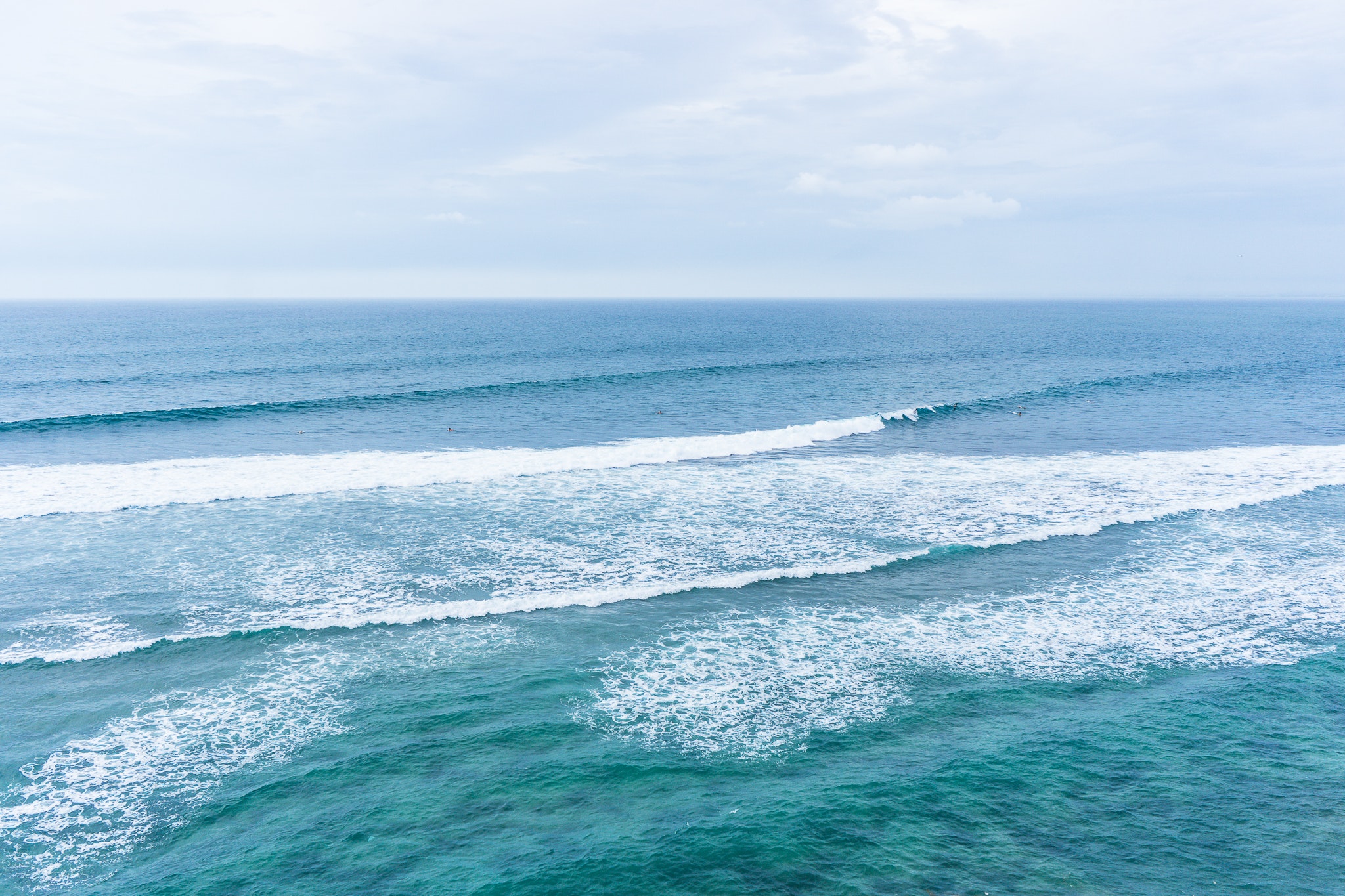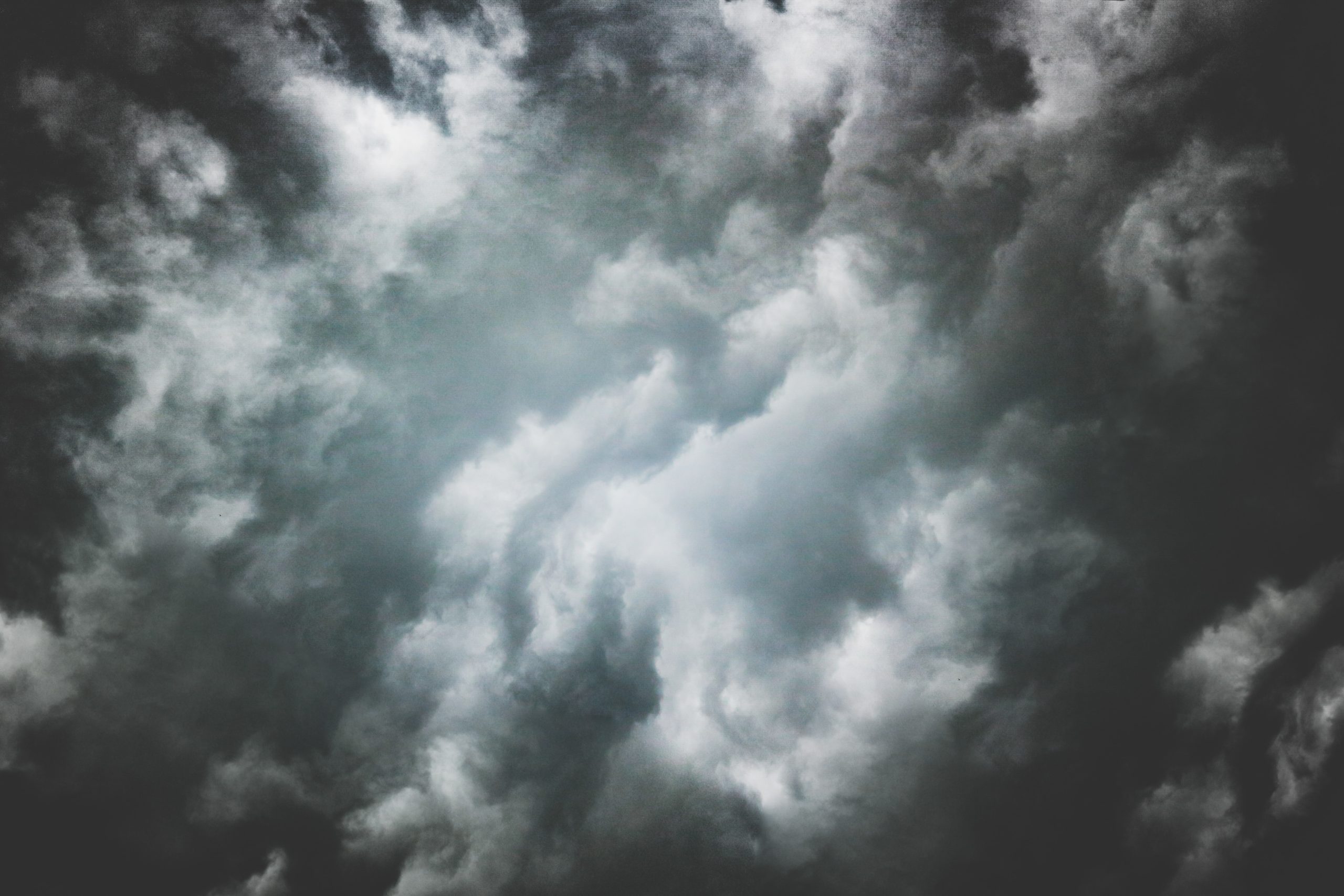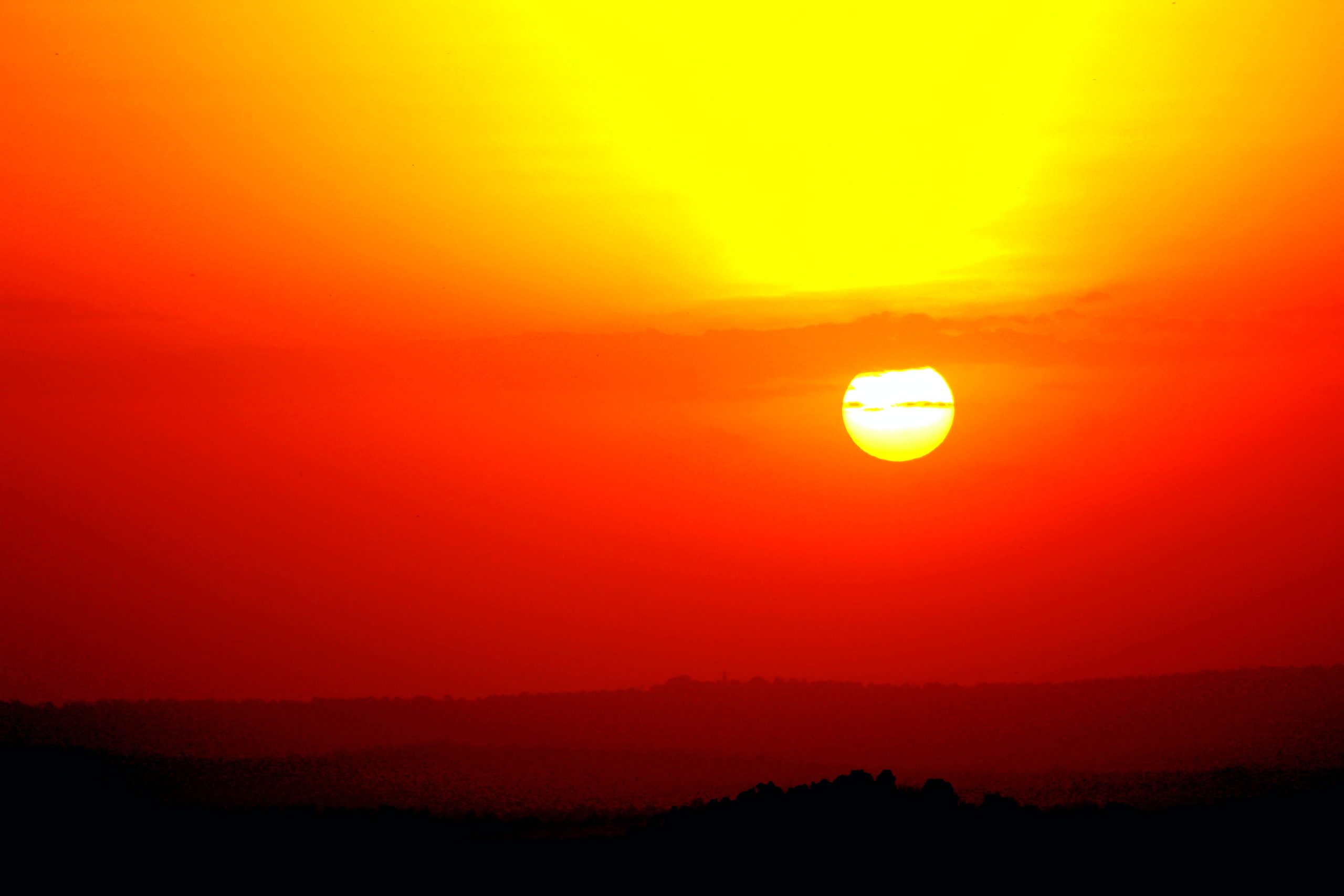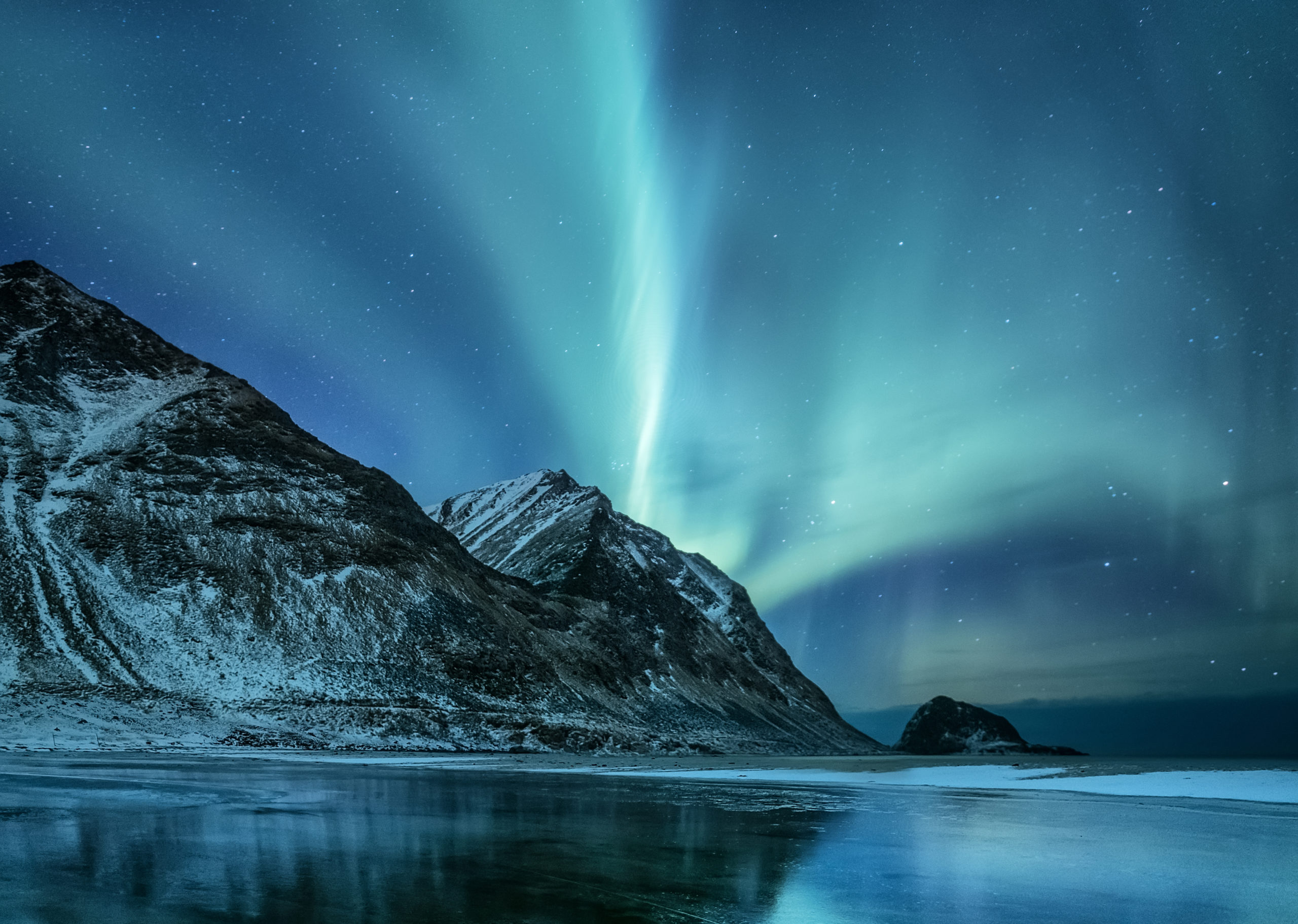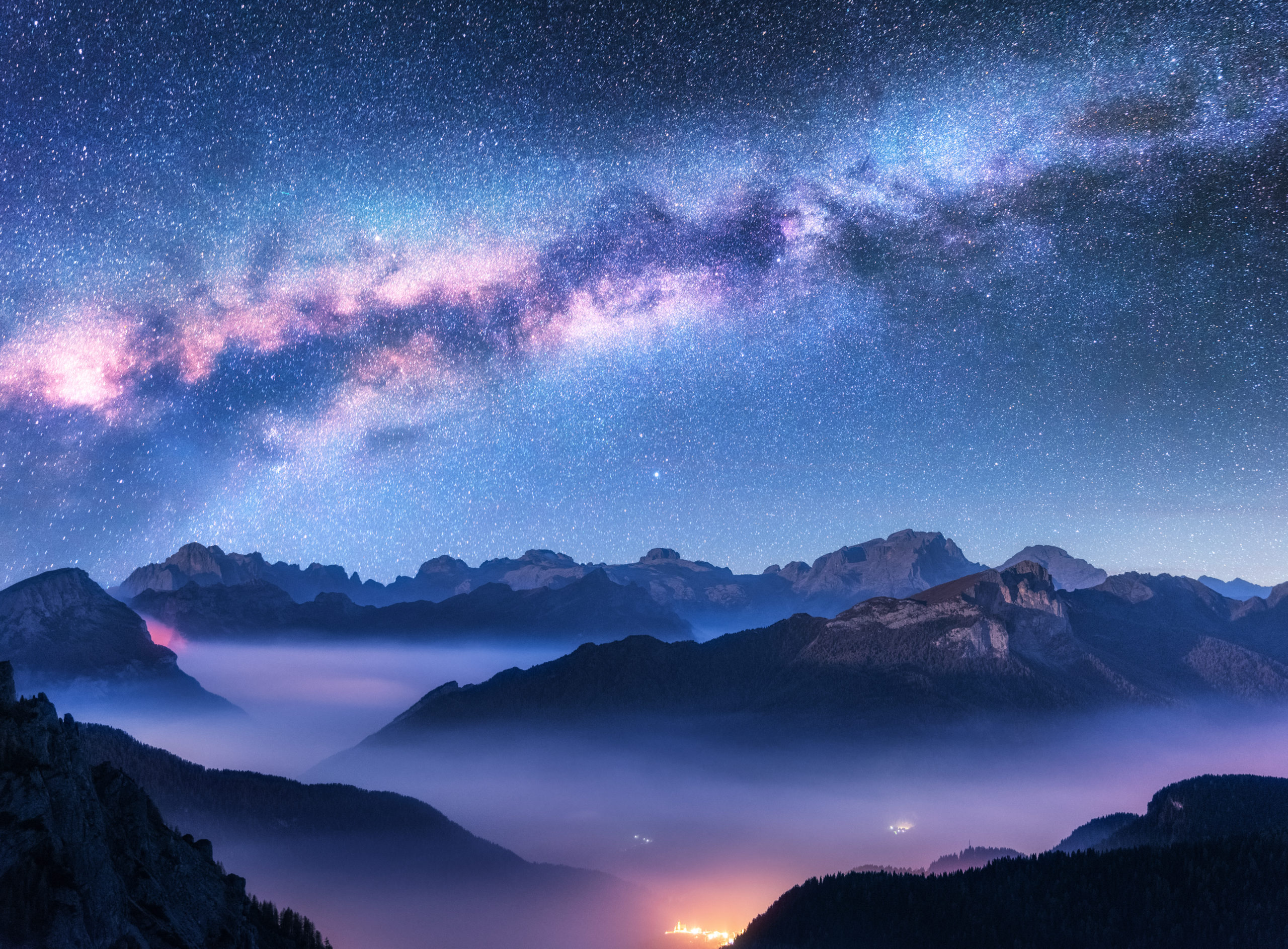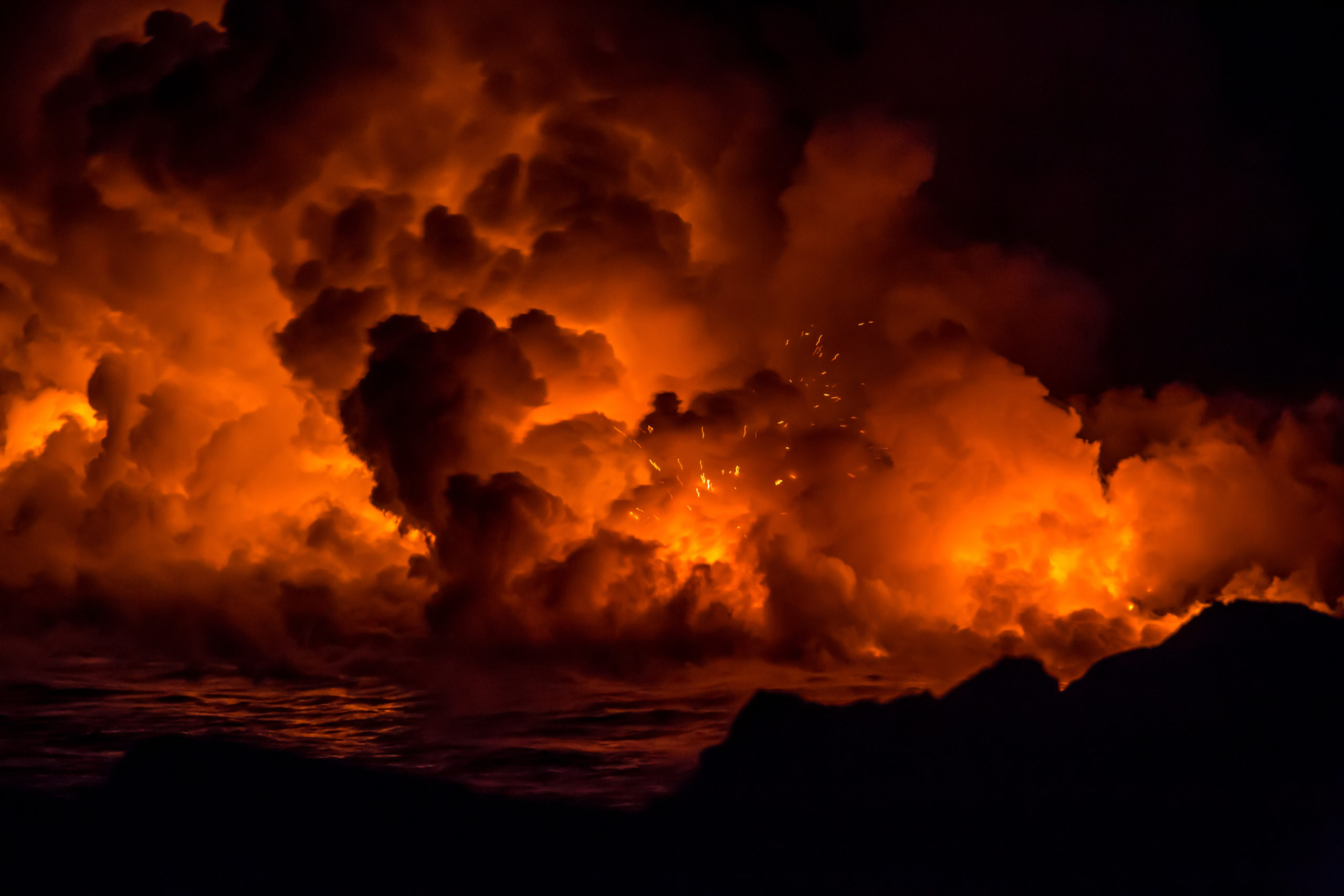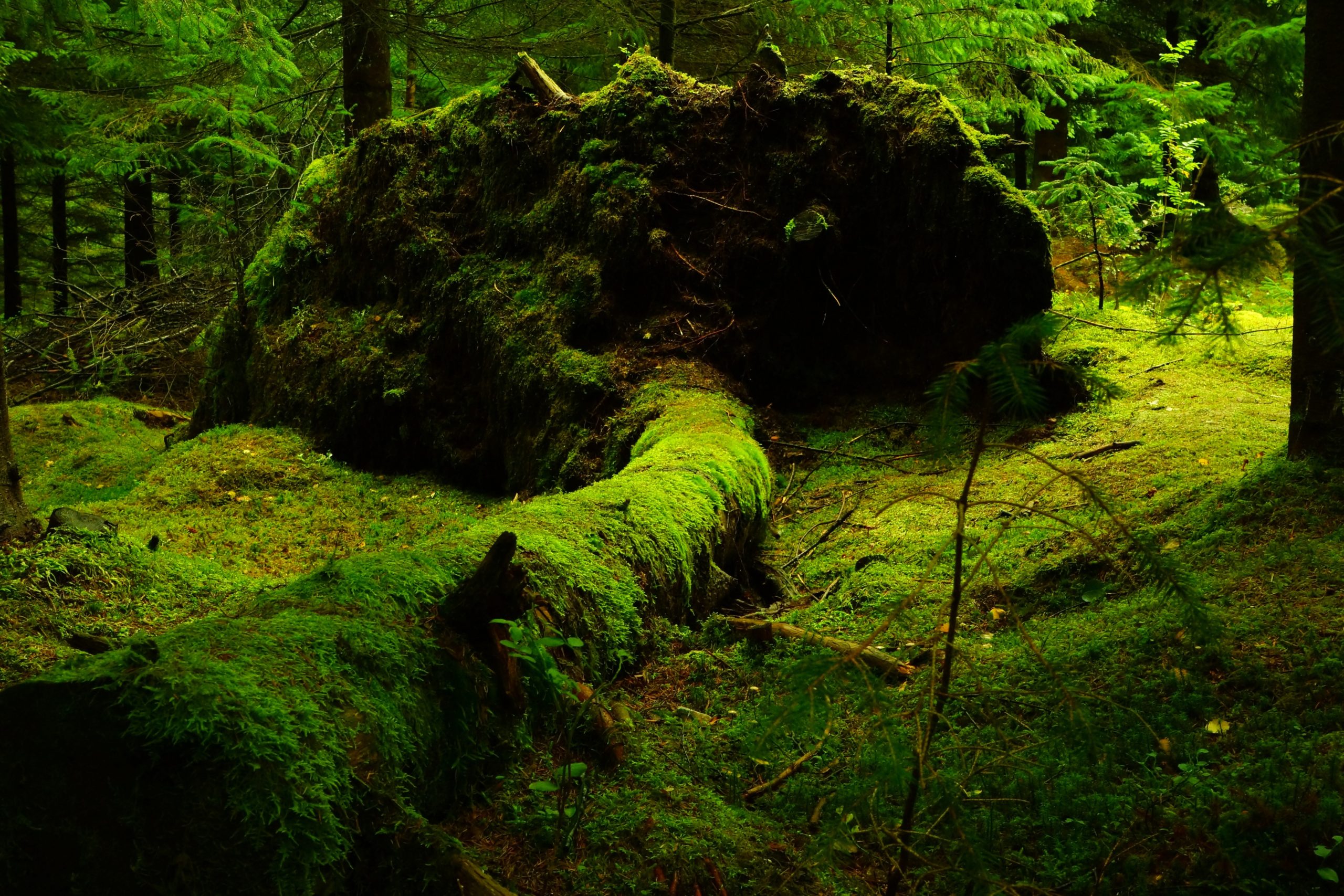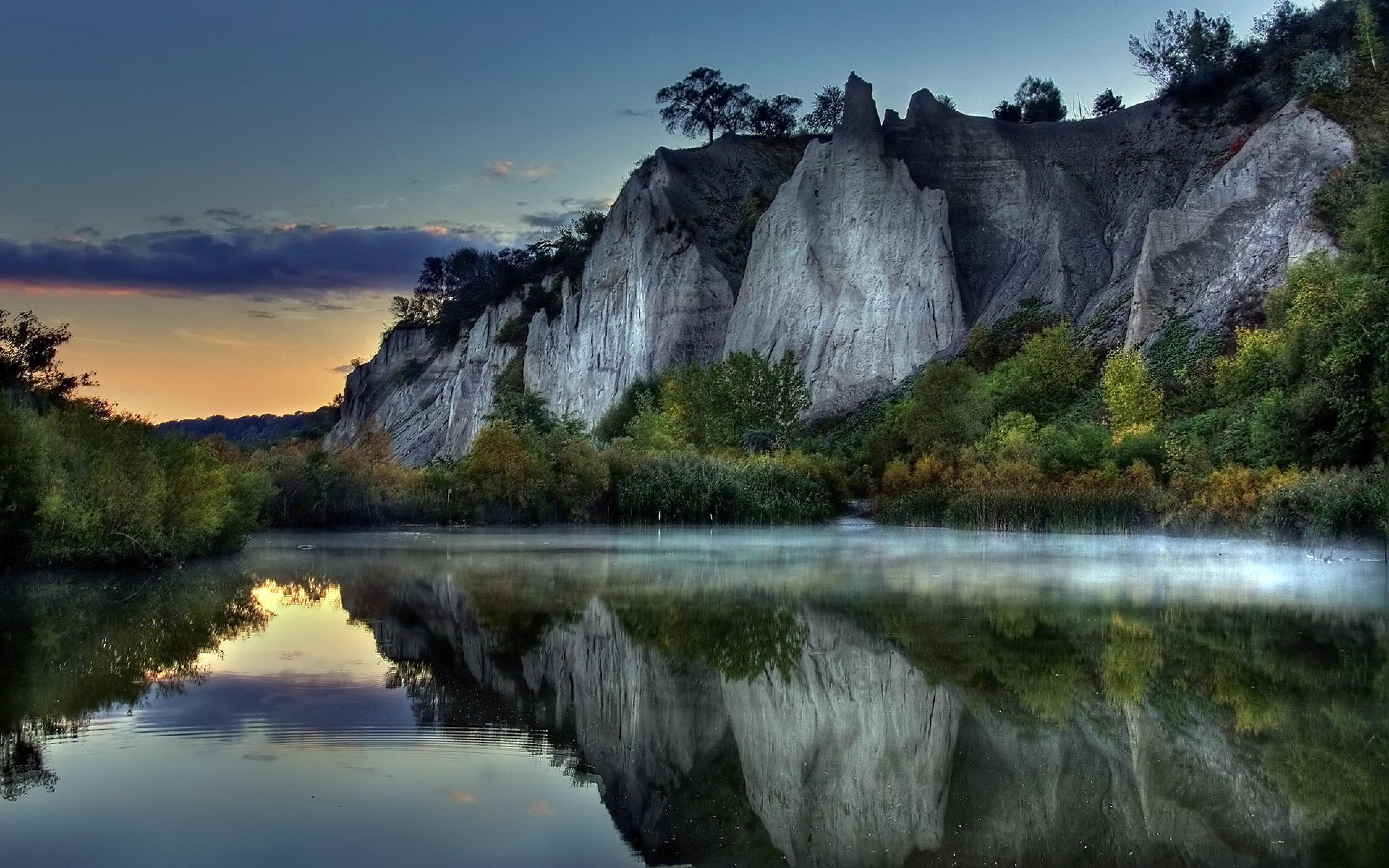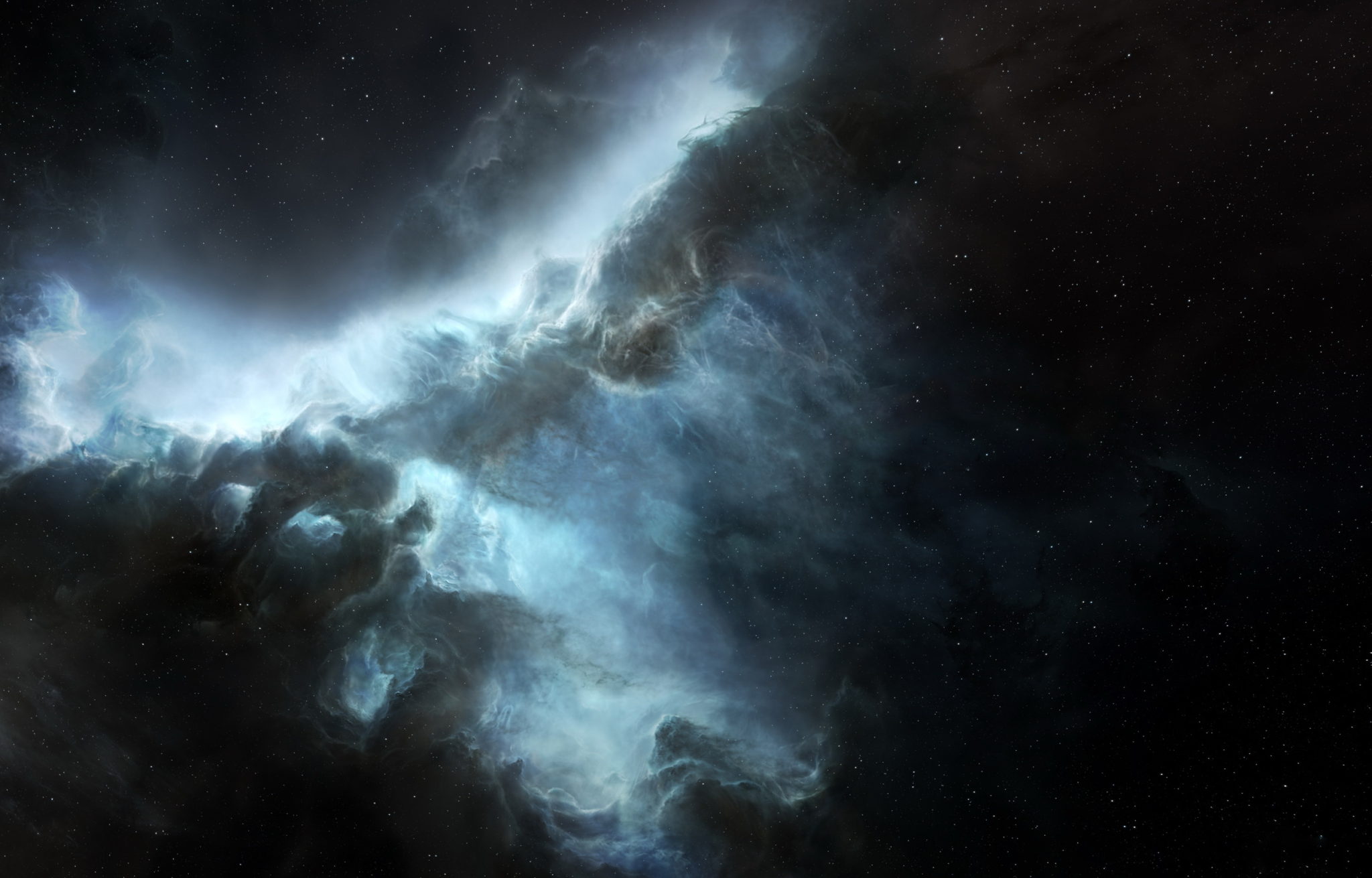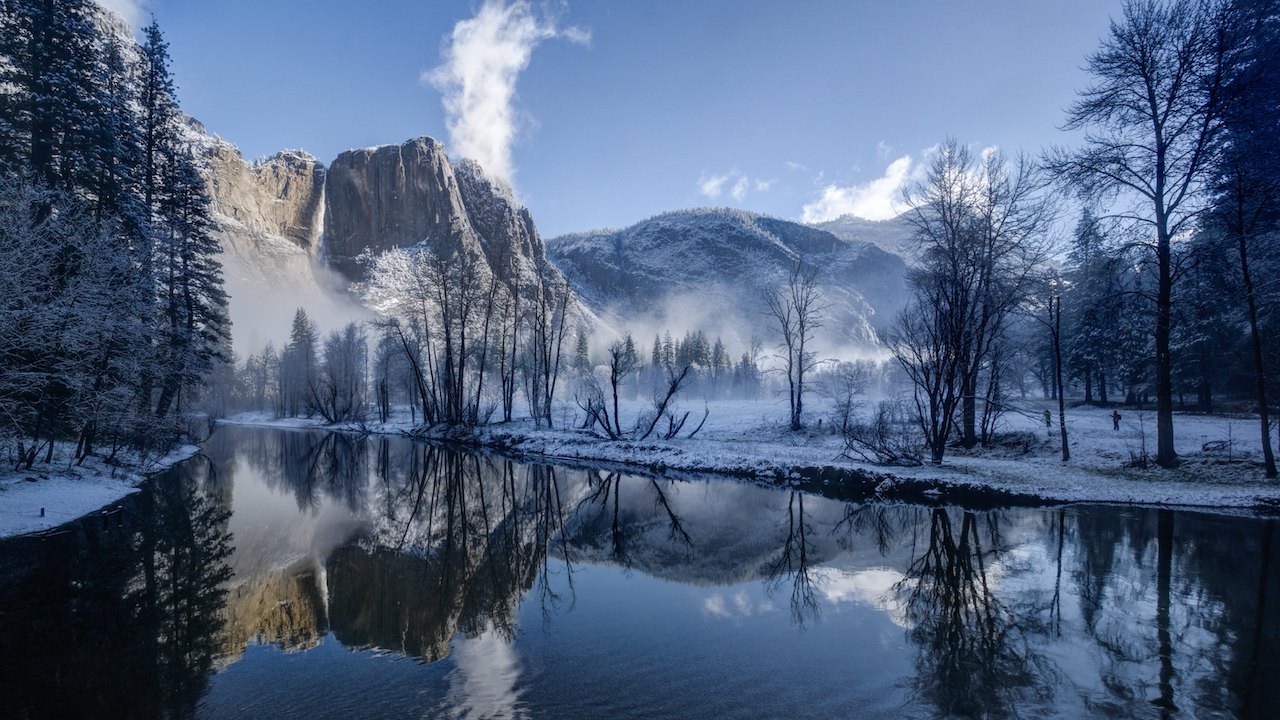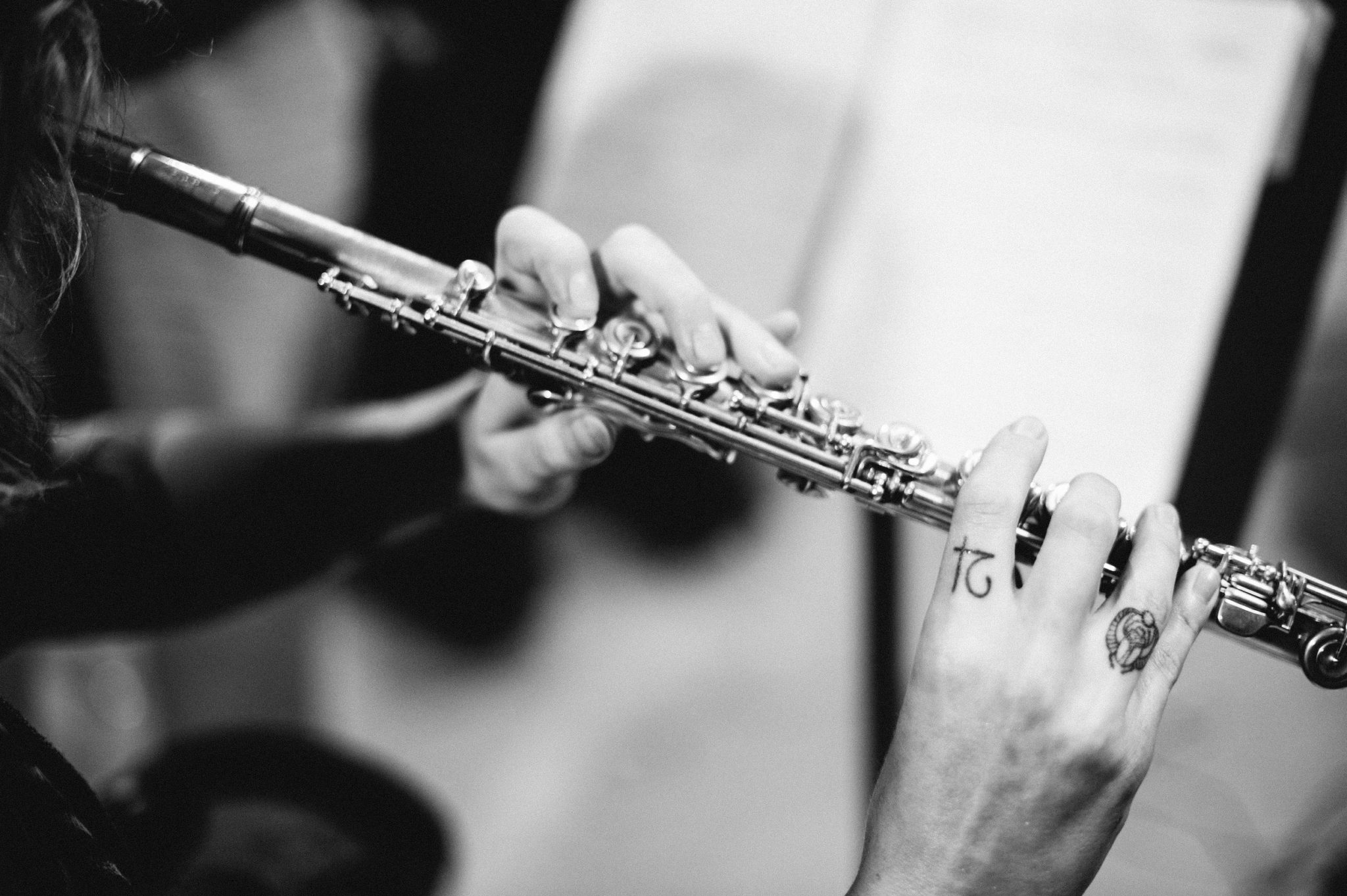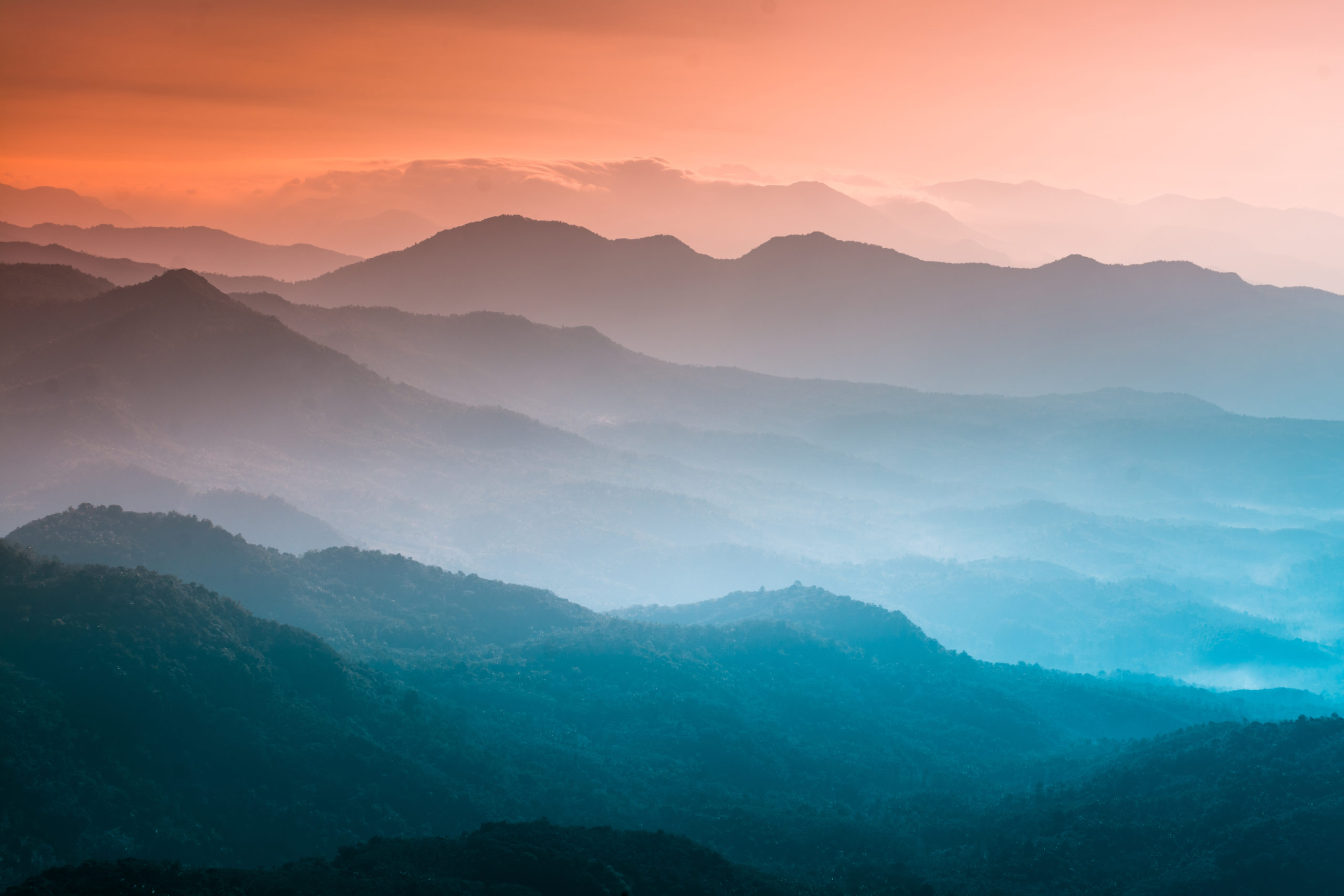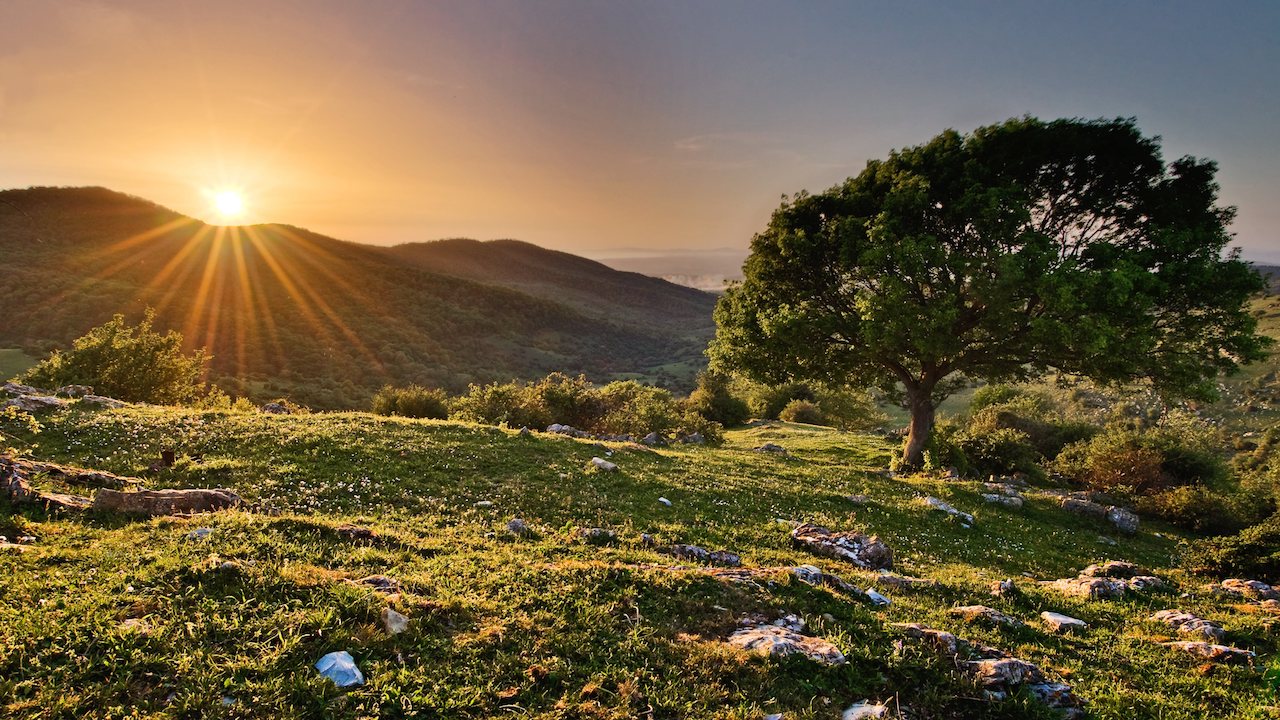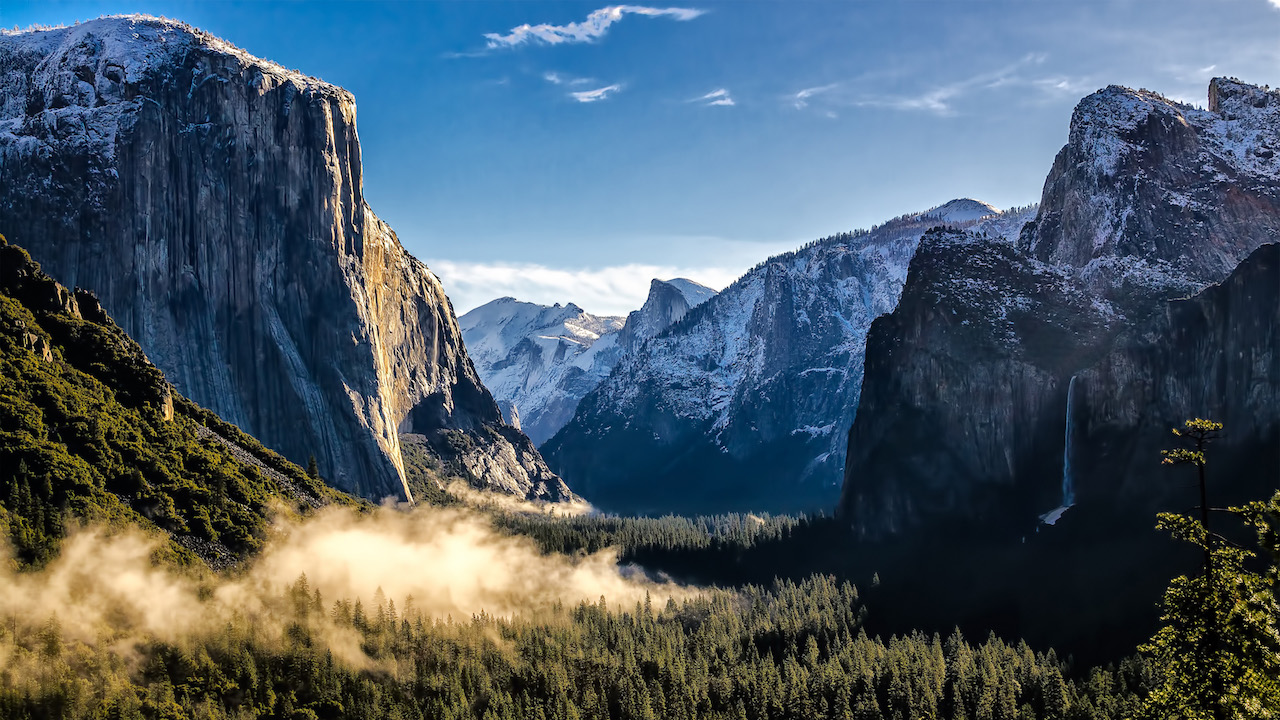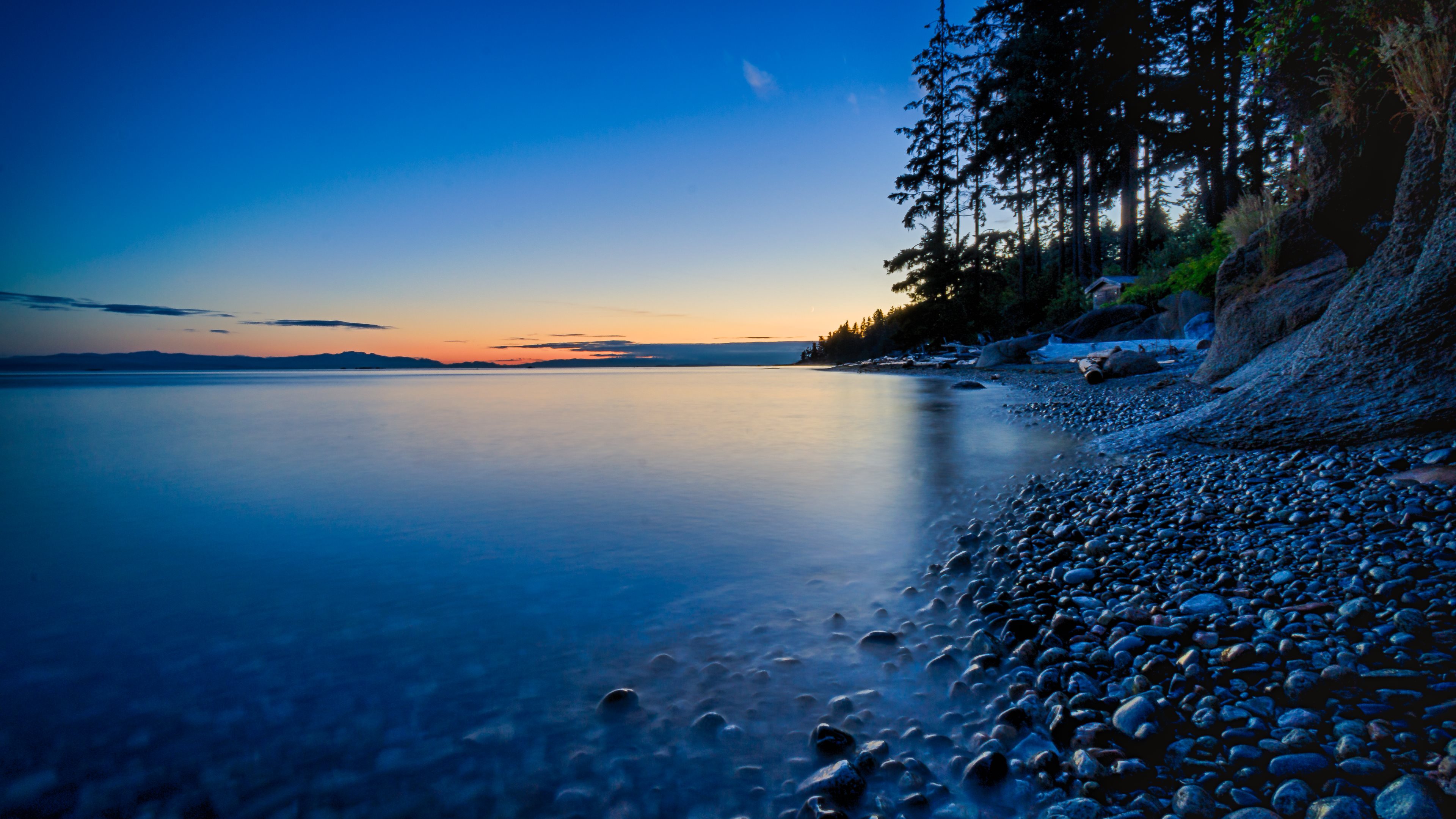
- This event has passed.
We Gather
February 11, 2023 @ 7:30 pm - 9:30 pm
We Gather is about the will of a community to strengthen, grow, and change. There are three movements. Across all the movements, the percussion and electronic percussion represent the energy conjured to maintain momentum.
Mending the Chasm is a sonic representation of displacement caused by infrastructure, including divisions created between and within communities. In the mid 20th century a large portion of the Black community in Santa Monica, California was displaced by the Interstate 10, proclaimed by Santa Monica as the Christopher Columbus Transcontinental Highway. In Mending the Chasm, a low rumbling electronic sound can be heard as the freeway or any other dividing force. In the foreground, the oboe and flute relate to each other in different ways through a churning conversation: with tight call and response, detached and out of sync with one another, harmonizing, or unified in synchronicity. There is also a sense of empty space in the movement with rests to symbolize the need to catch one’s breath when dealing with high impact change.
Front Porch View reflects a tradition in the Black community of people sitting out on their front porch to socialize with community members and visitors as they pass through the neighborhood. In many ways, one can metaphorically observe the whole world while sitting on their front porch and socializing with passersby. The contrapuntal writing, influenced by Palestrina’s linear melodic writing, can be heard as representing the stories of passersby: interconnected, tethered, and in motion, while individual. It is difficult to find where one begins and the other ends. These melodic lines are also interwoven with elements of blues style improvisation as well as contemporary groove-based electronic music.
Bay Street Beach represents a sequence of emotional sensations one might experience at Bay Street Beach in Santa Monica, California. During segregation, Bay Street Beach was one of the few beaches where Black people could gather. This movement begins with a recording of Robbie Jones (a native resident of Santa Monica, as well as local historian and community activist) describing her experience approaching the beach as a child. The piece then moves quickly through different emotional states, from playfulness mixed with anxiousness, to a laidback joy.
The music incorporates elements of the Ladzekpo family version of Atsia Akbekor from the Eʋe people of Ghana, electronic grooves often found in hip hop, rhythmic forms in Indian classical music, and an ornament that I call a “blink” (see above for description) that is found in many musical cultures.
The movement ends with a tihai (see below for definition) over a 12-beat lahara (see below for definition), along with an ostinato piano recording performed by my father, Derrick Spiva, who has decades of experience performing in Black churches. The final section of Bay Street Beach expresses a euphoric energy, paying tribute to the strength and resilience of the Black community in Santa Monica.

